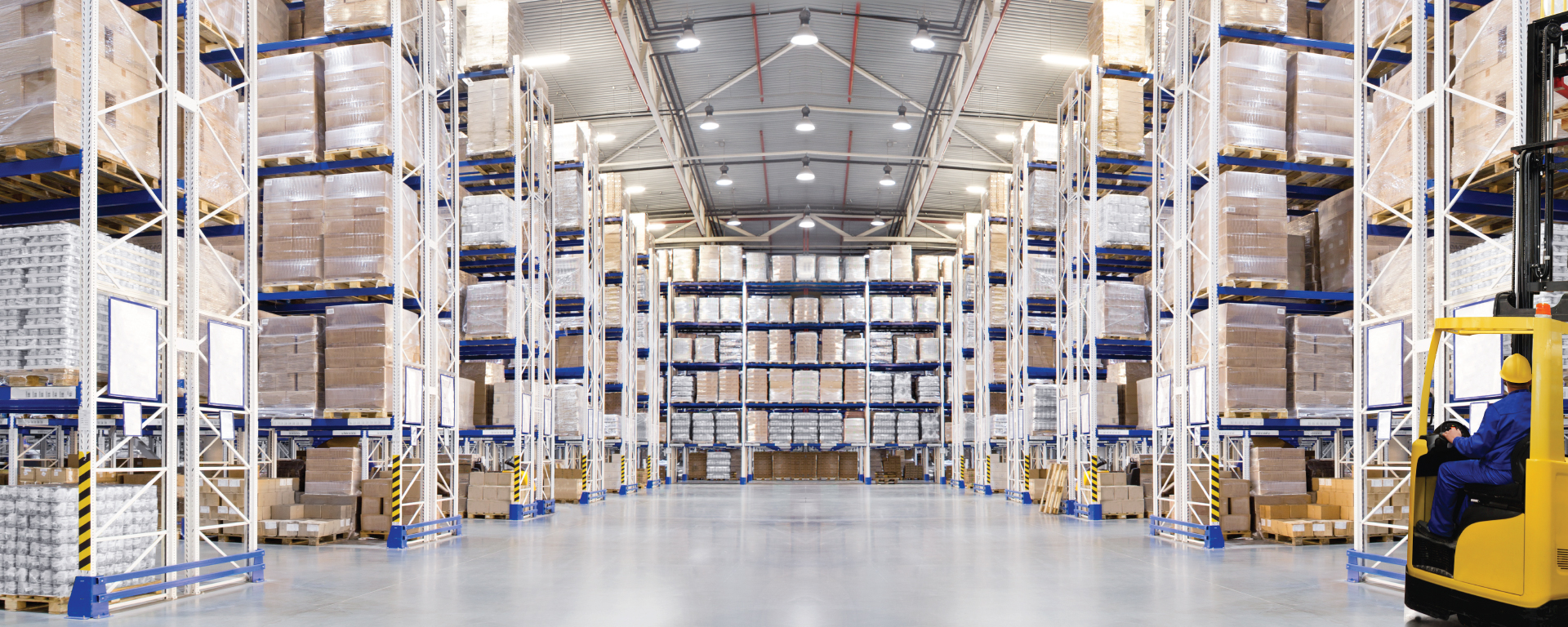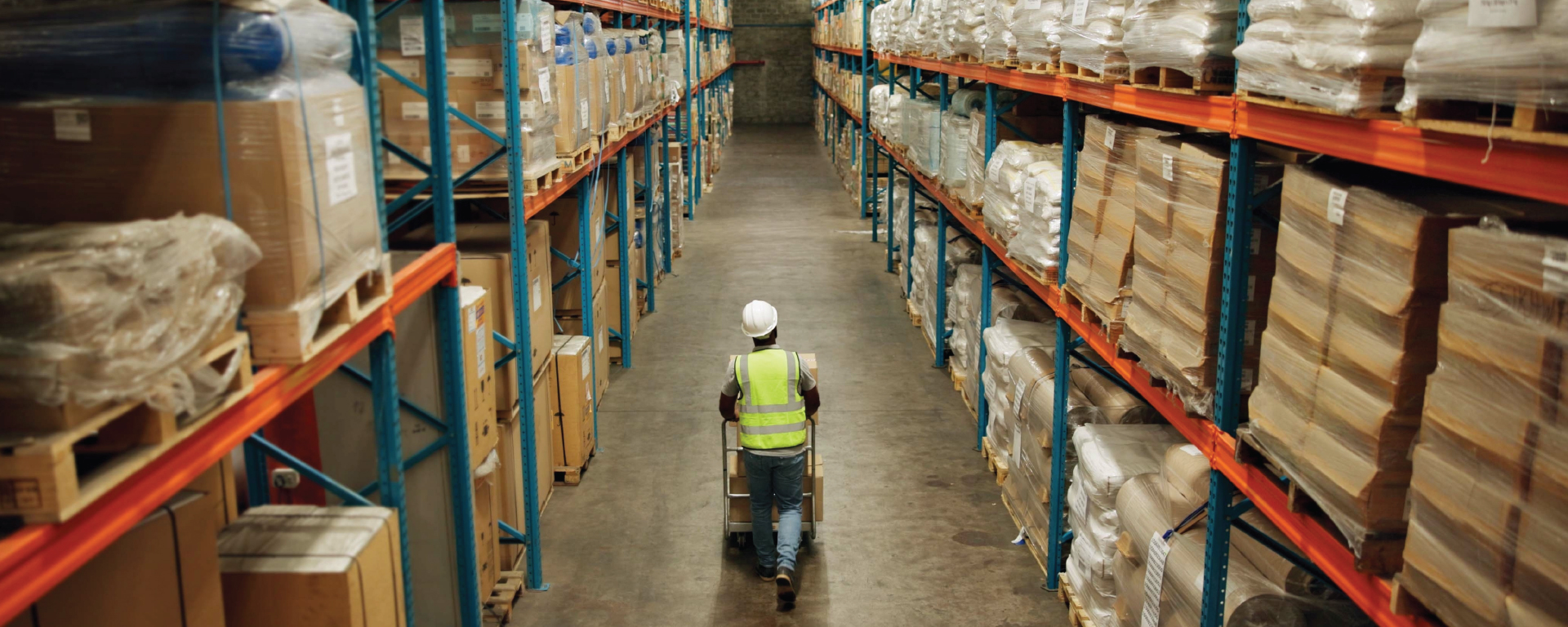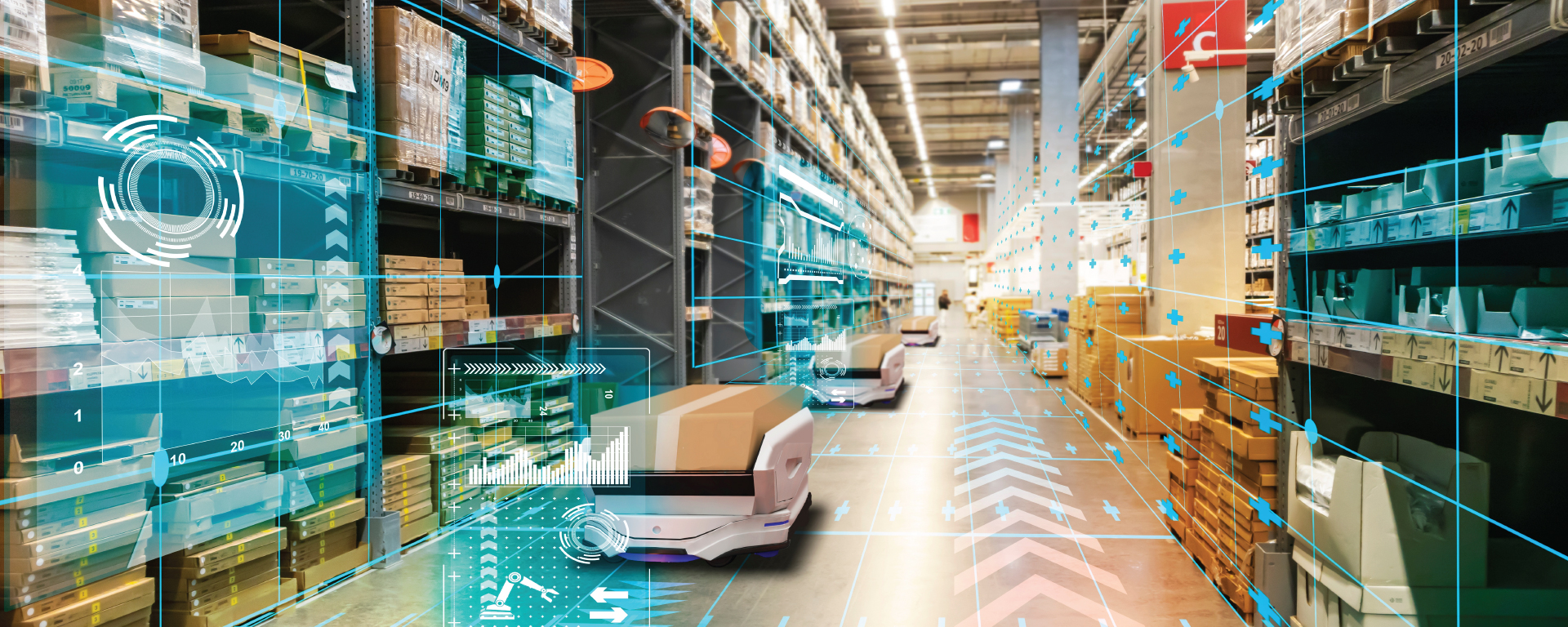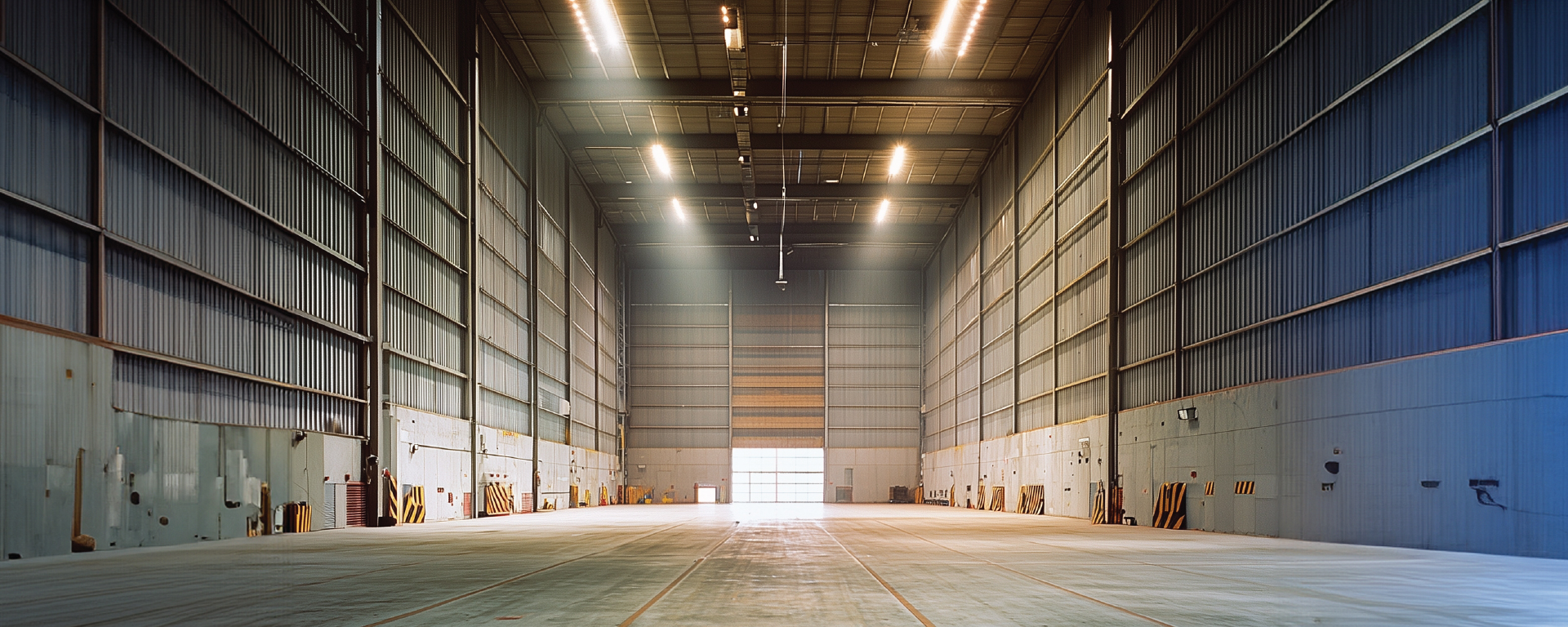Logistics parks in Bangalore are becoming crucial in South India’s changing supply chain infrastructure. As the IT capital of India is undergoing tremendous changes in the industry, strong industrial and service sectors have made it a prominent city for sophisticated logistic operations.
In this analysis, the ways in which logistics parks in Bangalore contribute to such a change are well discussed.
Present Scenario of Logistics Parks in Bangalore
As indicated by recent industry reports, demand for Grade A warehousing space in the country has grown exponentially and stands at 645 lakh sq ft as of 2024. Some of this exponential growth is because of the development of advanced logistics parks in Bangalore.
Karnataka contributes 8.7% to India’s GDP, and the capital contributes significantly to the state’s logistics activities. The city’s logistics parks have become instrumental in driving operational efficiency and economic growth.
The shift is remarkable because, in 2024, Bangalore experienced its highest ever logistics real estate absorption to date. It shows investor confidence in the development of logistics parks in Bangalore. Apart from this, the strategic location of the city ensured connectivity with major industrial corridors and acted as a gateway to South Indian markets, strengthening the purpose of logistics parks in regional supply chains.
Top 5 Highlights of a Focal and Efficient Logistics Park in Bangalore
Bengaluru is an IT hub and major industrial centre, which calls for a very efficient logistics network to cope with its high growth rate. Here are the top 5 highlights of a focal and efficient Logistics Park in Bangalore.
1. Strategic positioning
Strategically, in the city, major transport hubs should be proximal; that means:
- Interconnected access to those key transport networks
- Airports (Kempegowda International Airport)
- Railway
- Highways like NH 44 and NH 75
Prime location is a prerequisite for the most successful Logistics Park in Bangalore. This will ensure that the facility is strategically positioned to offer easy access to both local and regional markets so that the diversified needs of various businesses are catered to. Positioning the park near existing and emerging industrial clusters within and around Bangalore will enhance its attractiveness and usage.
2. Incorporation of the latest technologies
A modern logistics park in Bangalore should have updated infrastructure that ensures smooth and efficient operations. This includes a range of quality equipment, including:
- Standard warehouses
- Specialised facilities for specific industries, such as pharmaceuticals and e-commerce
- Temperature controlled warehouses
- Fast and efficient material handling with efficient cargo handling facilities and modern equipment are necessary.
Apart from these, internet connectivity of a reliable high speed and advanced communication systems would be required to provide real-time tracking and inventory management. This will enhance the productivity of the logistics park in Bangalore and make communication easier between parties inside and outside.
3. Value-added services
Ideally, the logistics park in Bangalore should offer different value-added services so that they can cater to more businesses.
One way of enhancing it is to have third-party logistics (3PL) providers accessible to facilitate its logistics functions. By partnering with them, the logistics Park in Bangalore provides enhanced services.
Apart from this, 4th Party Logistics (4PL) players, new logistics community systems like PCS 1 x and ULIP, Direct Port Delivery and direct Port Entry adoption by EXIM trade, etc., can also be leveraged.
On-site customs clearance facilities can greatly speed up the movement of goods, thus reducing delays and associated costs. For firms dealing with perishable commodities, modern cold storage facilities in a logistics park in Bangalore are crucial to ensure quality products and timely delivery.
4. Green initiatives
Logistics park in Bangalore has embraced green building practices, such as rainwater harvesting and waste management systems. These have proved to be important strategies to mitigate carbon footprint.
Encouraging the usage of electric vehicles and other renewable modes of transport in the facility would reduce carbon emissions. Moreover, green certifications, such as LEED, could also give a better image for the logistics park in Bangalore, hence attracting more environment conscious companies.
5. Skilled workforce
A successful logistics park in Bangalore will require the availability of an expert workforce. By employing professionals, these facilities can ensure the existence of an easily accessible reserve of a skilled labour pool educated in warehousing, transportation, inventory management, and supply chain management.
Ideally, the logistics park in Bangalore should help support and develop a skilled labour force through training programs coupled with educational institute collaborations. Such strategies will offer a constant influx of qualified professionals, emphasising a strong human asset as an assurance of the facility’s success.
Conclusion
An efficient logistics park in Bangalore will focus on being important in sustaining the economic growth of the city. A modern infrastructure system, sustainability, and strategically located logistics parks with value-added services can be emphasised while developing infrastructures that evolve with the shifting needs of businesses and contribute to the overall development of Bangalore.





